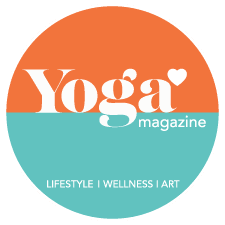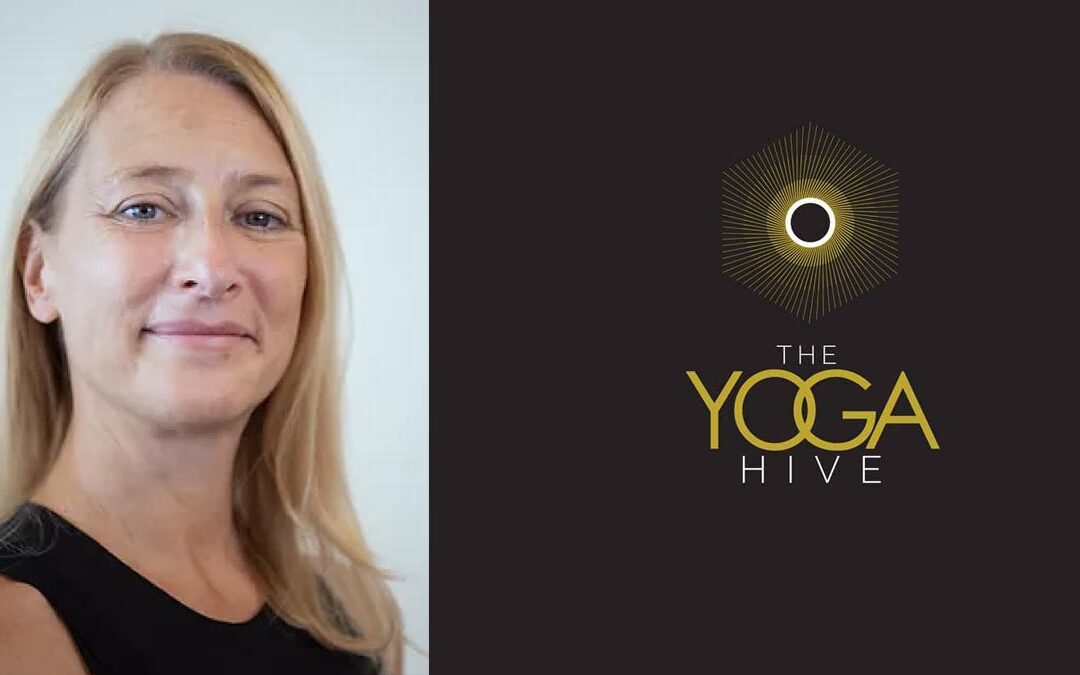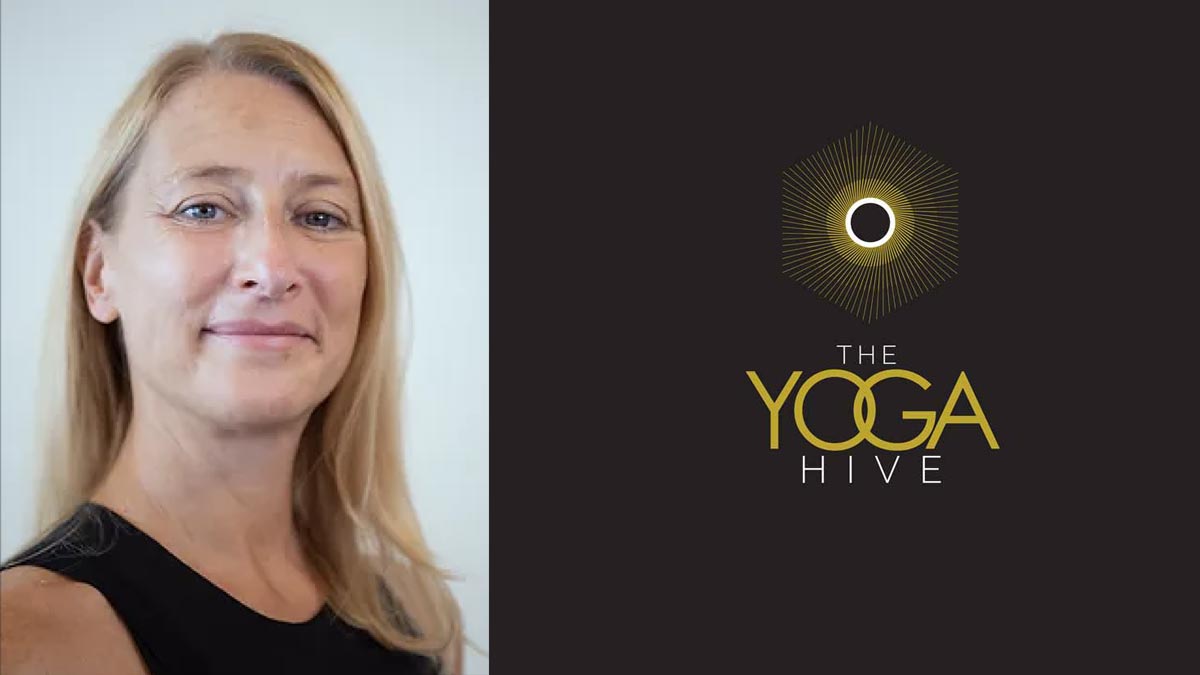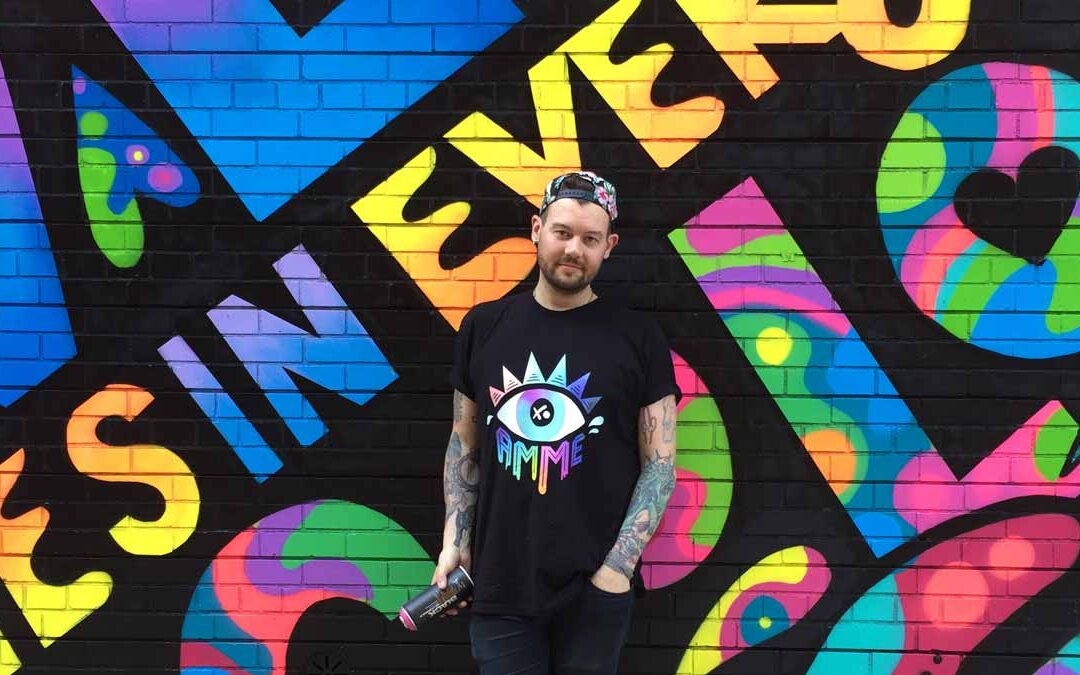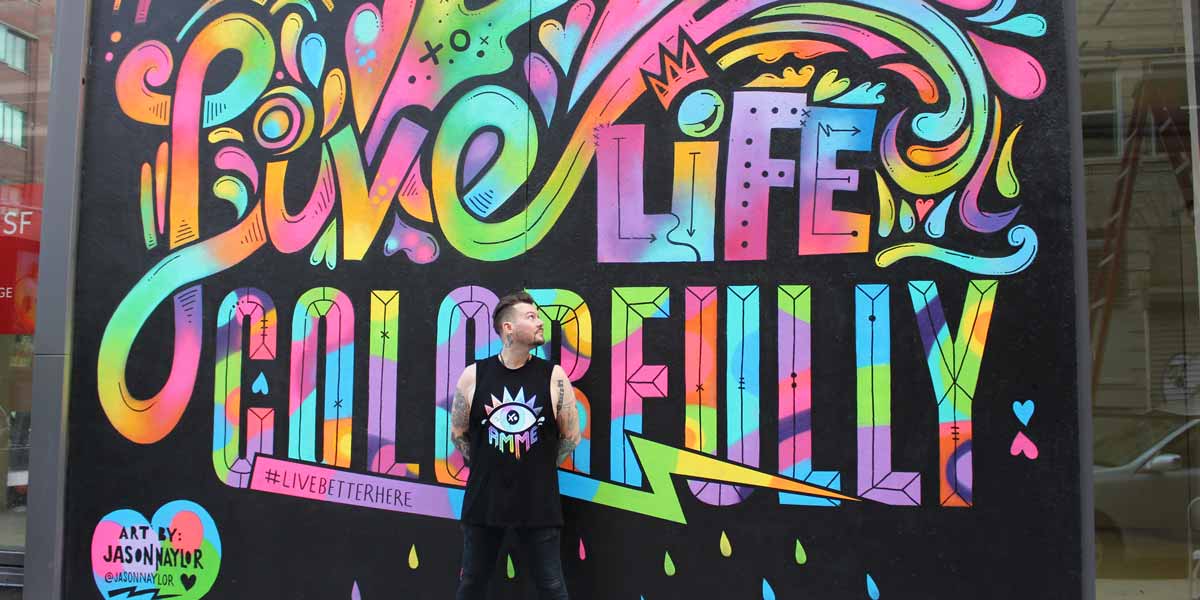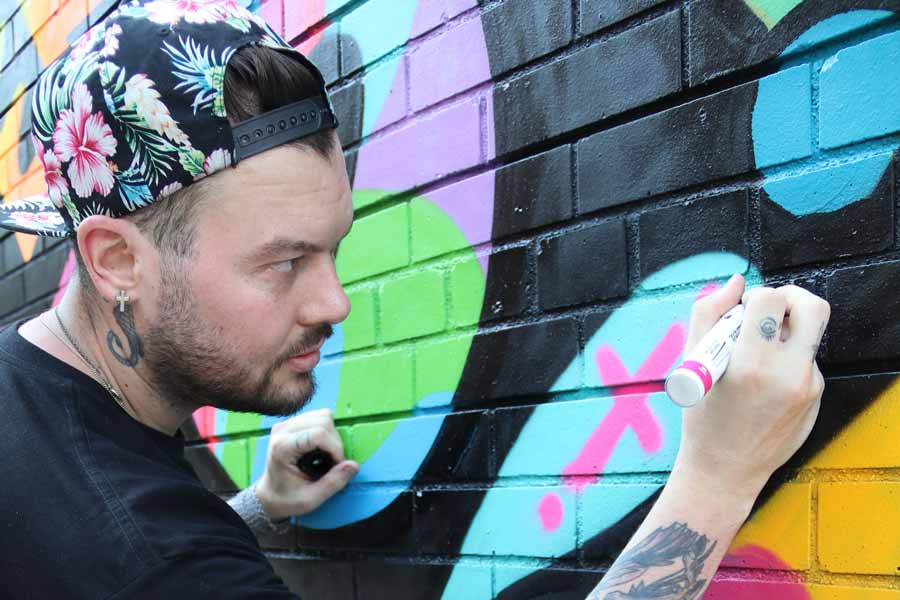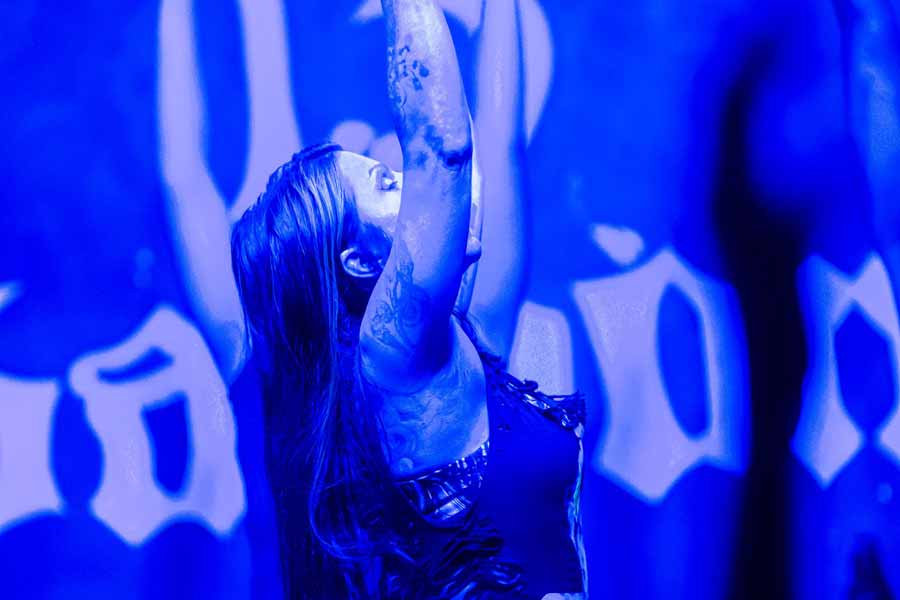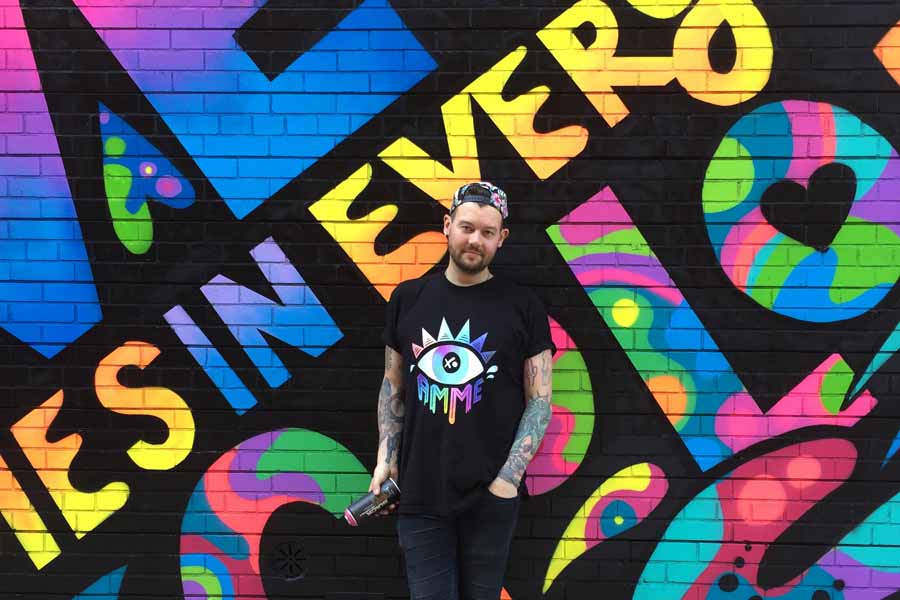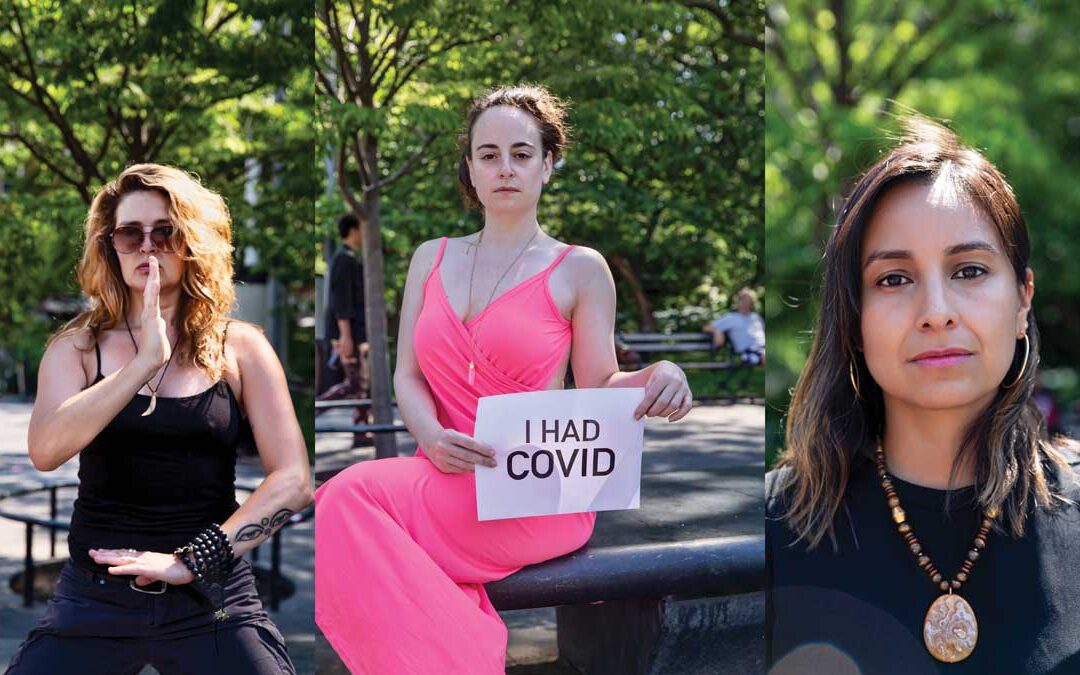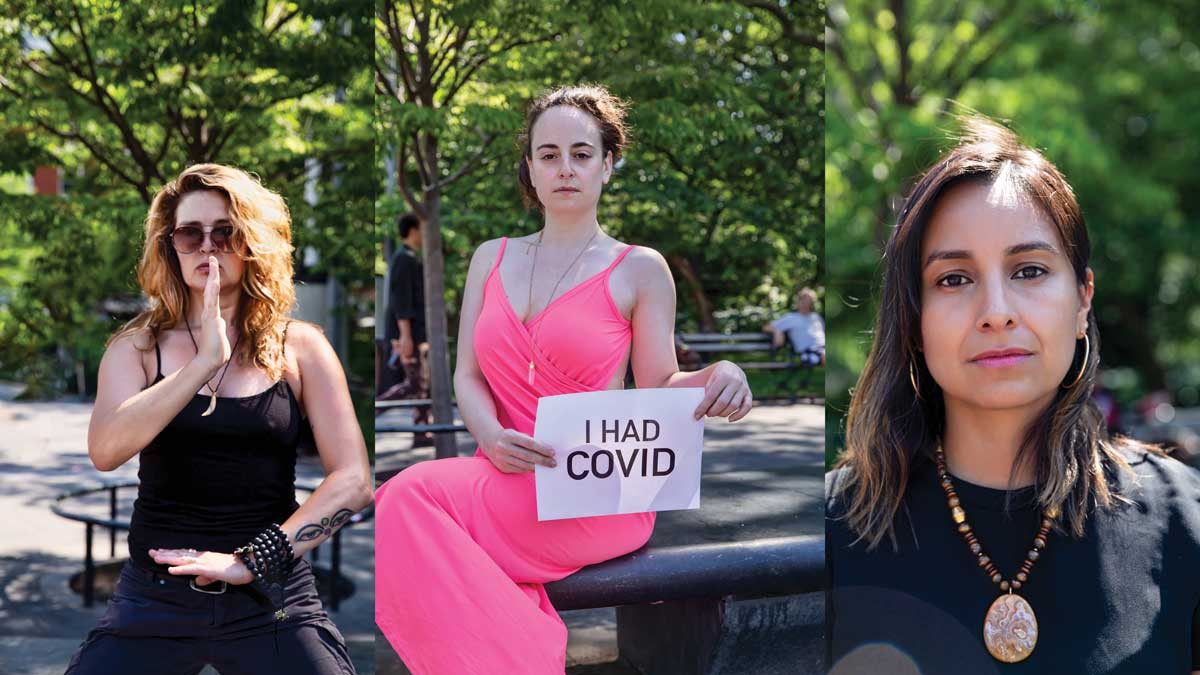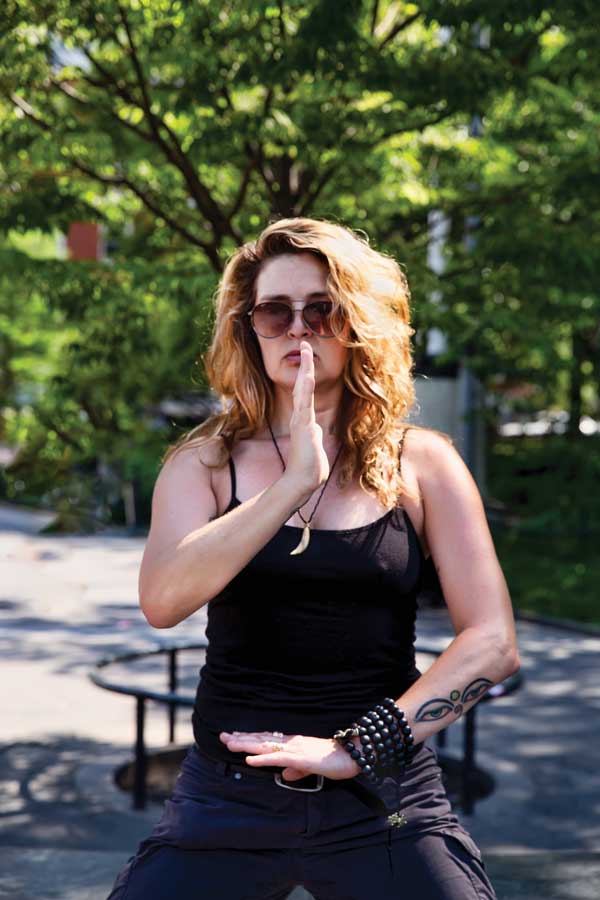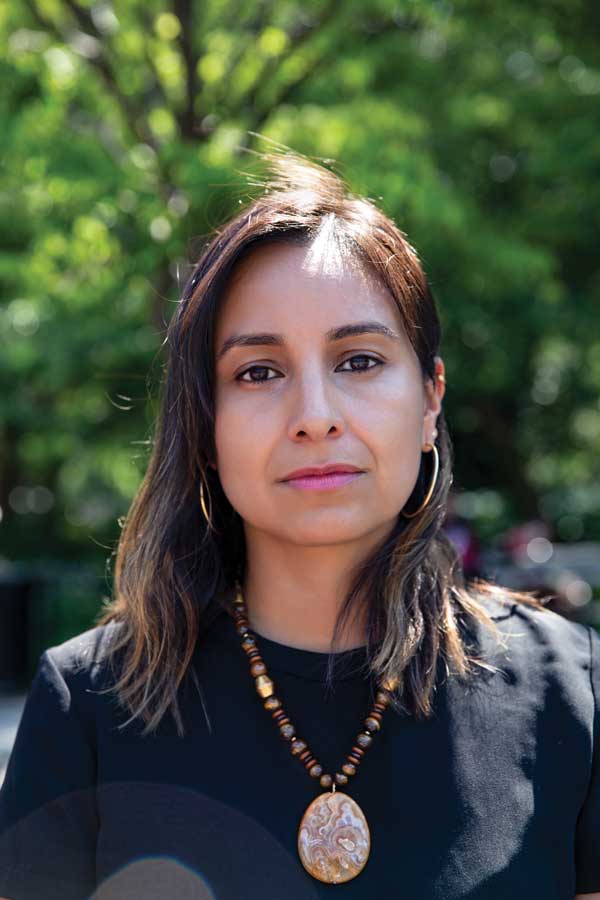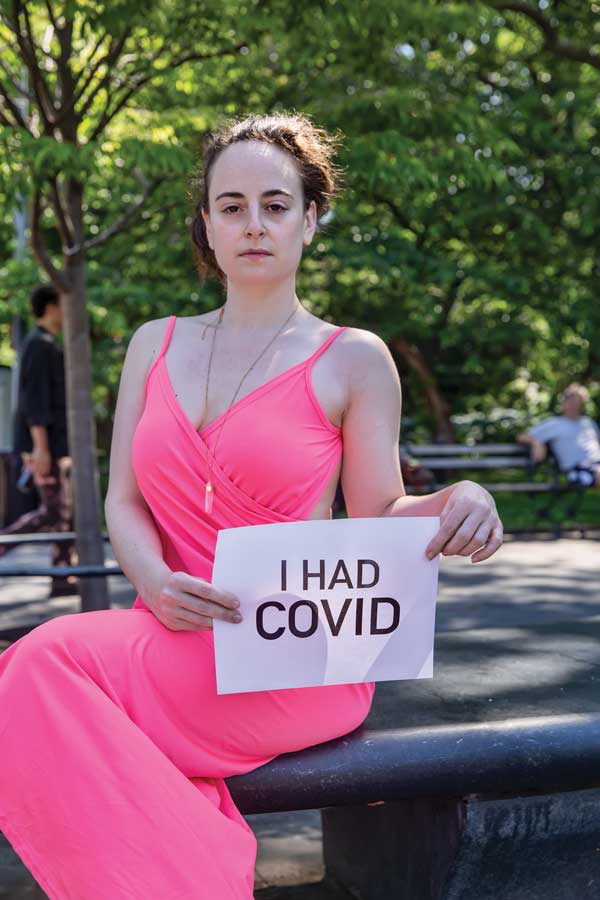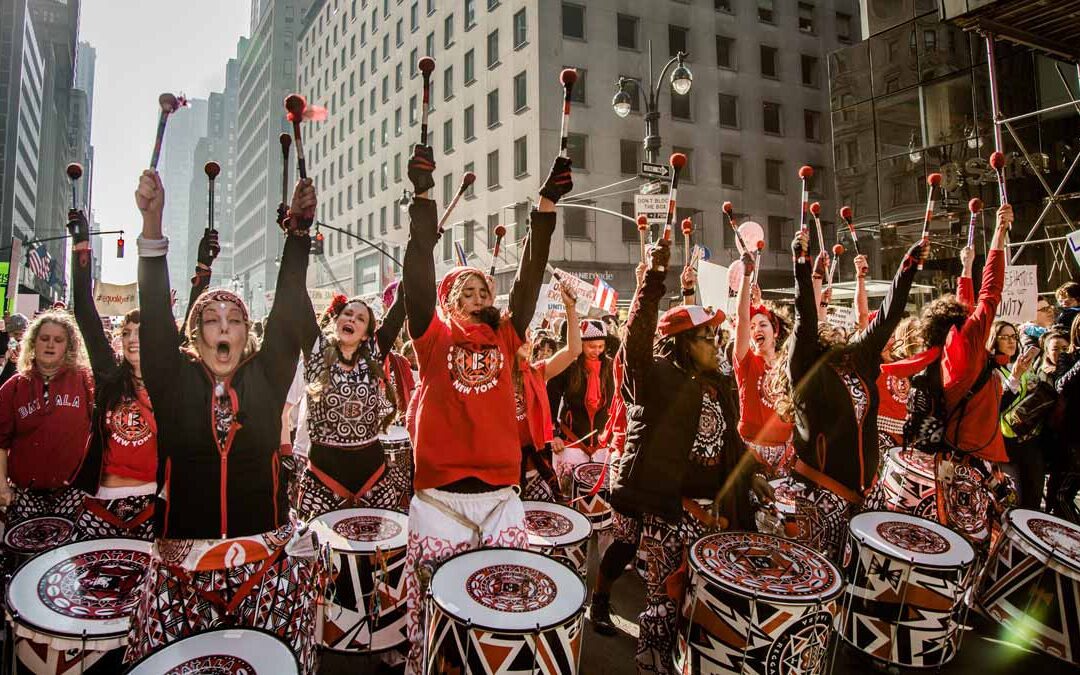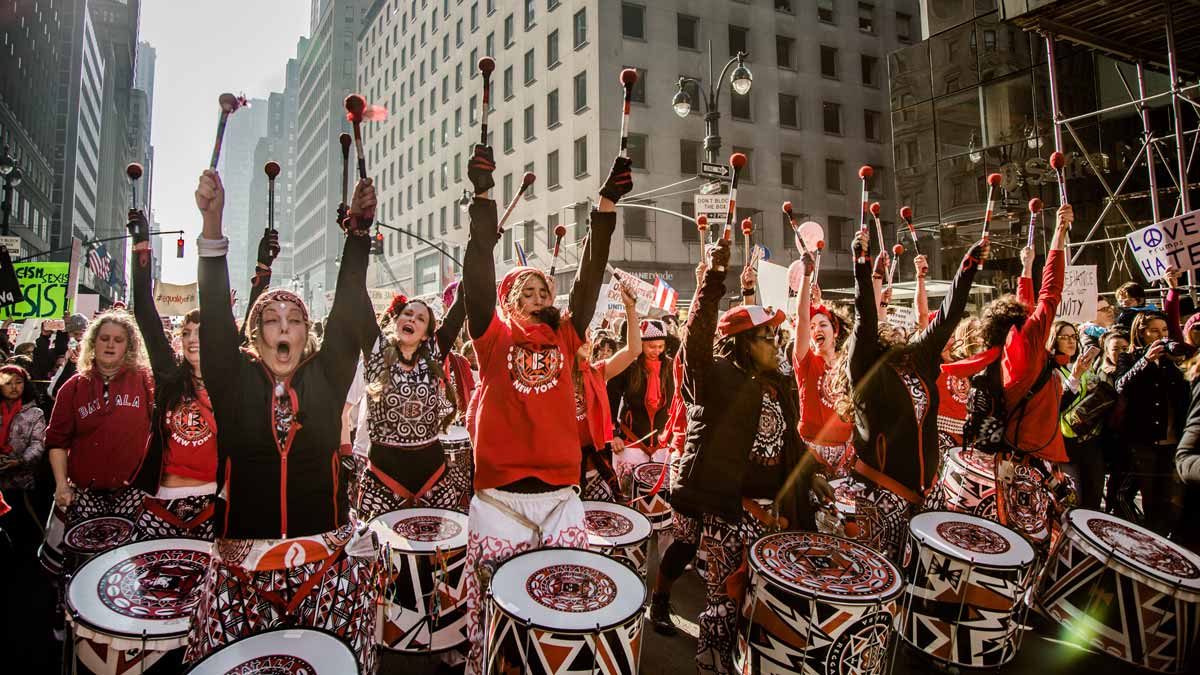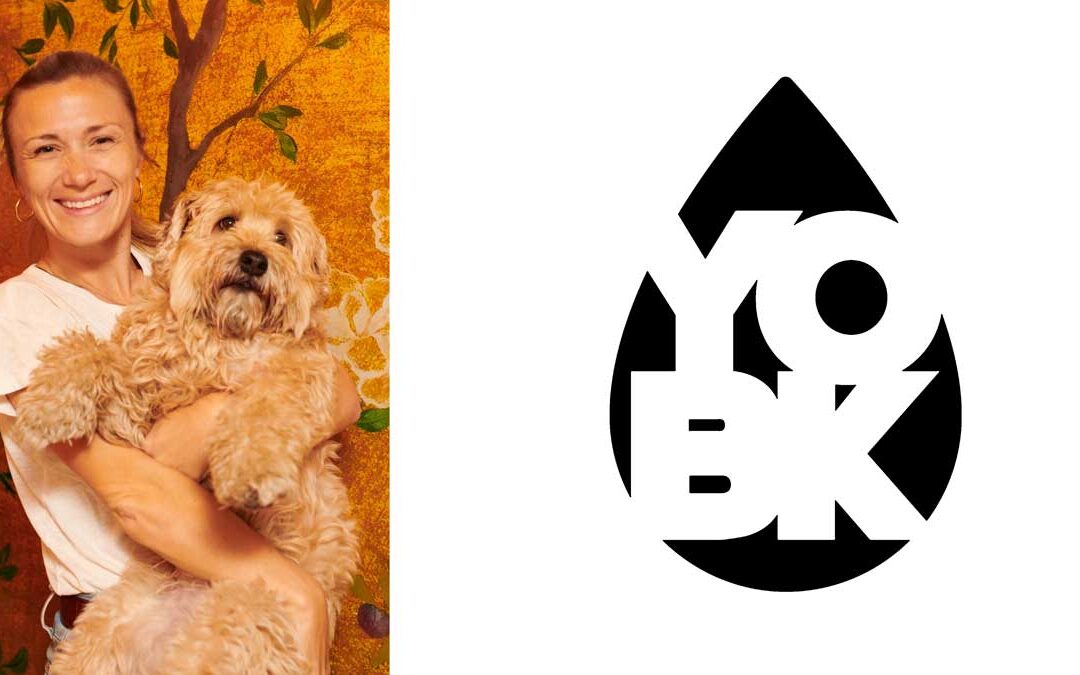
LOVE PROFILE: YO BK
LOVE PROFILE: YO BK
PROFILES
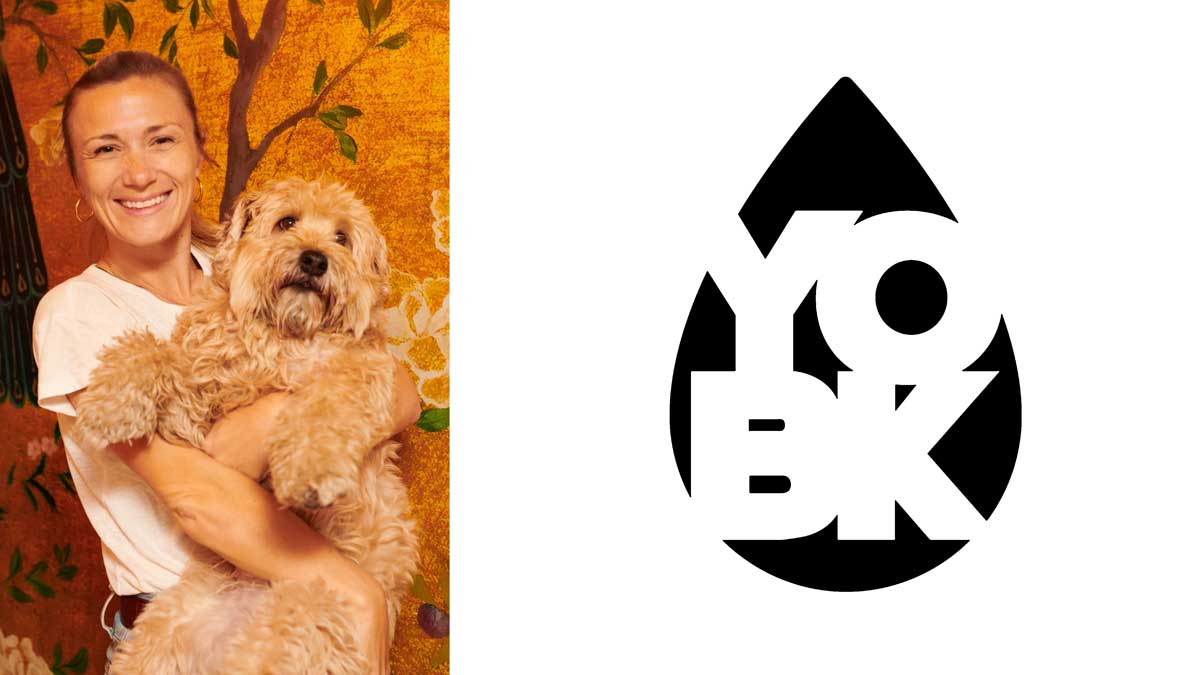
We are so excited to chat with Kate Davies Durand, the owner of YO BK with locations in Brooklyn and Miami! You can see the full interview via YouTube, and here is an excerpt of our fun IG live chat we had about what it is like owning multiple yoga studios, surviving the pandemic, and great things coming up in 2023!
Iana:
How long have you been in the location you’re in now?
Kate
We opened in 2015 at our Williamsburg location, which is on Broadway and Kent, right by the water and it was just this beautiful, sunny studio. I did a lot of the build out myself. About three years after that, we expanded to Green Point, which is quite a large studio space. We have a big upstairs room, and we also have a basement room where we do a lot of workshops and teacher trainings, and we take care of some of the overflow from busy classes. And this year we opened in Miami in February of 2022, which was a big leap and a very different market, but it’s been a fun challenge.
Iana:
Why did you choose Miami?
Kate:
When I decided I wanted to open a studio, I had an amazing mentor, and the first thing that my mentor had me do was choose five different cities and then narrow them down to two, where there was a need for the type of yoga that we were offering, where the studio could potentially be successful. And the two places I narrowed it down to were Williamsburg, Brooklyn and Miami. I ended up living in Miami for about six months and realized that just the way that the city worked, that I was not equipped to open a studio there at that point in time. It’s a city that’s way more intense in terms of regulations permitting architecture build out, which sounds weird, but it’s not logistically as challenging to open a business in New York.
Iana:
Yeah, I’m shocked to hear that. Quite honestly, I thought New York was the hardest to do and the most expensive it is to do just about anything.
Kate:
But it’s also the yoga industry that is so interesting because we haven’t quite been regulated in the way that restaurants or even massage parlors have been regulated. So between signing my lease and Williamsburg and opening it was only about 60 days. Whereas Miami, we had ten days between signing our lease and opening.
One of my dear friends who I met as a student in Williamsburg and who helped me expand to Greenpoint, actually introduced me to my husband who was the general contractor at the Greenpoint expansion, and he ended up moving to Miami pre-pandemic. So we ended up with this huge space that has an all day cafe with indoor and outdoor space, a place that people really come to and bring their laptops and stay all day, and they can come and take a class during that time.
Iana:
Wow, that is amazing, because I was going to say, as a business owner, you can’t be in three places at once. I mean, one business is challenging, three is monumental.
Kate:
Trying to be in three places at once, and I fail over and over again. That’s kind of the story of my life and the mistake I keep making. I have really amazing teams set up at all three locations. I have a full time manager in Miami who runs the show. I have a really robust sales team. We have a pretty much full time staff in NY that is at the studio to greet students, to support our team, to make sure that it’s warm and welcoming.
It did take a really long time to get to that place. When we first opened, I was teaching 18 classes a week, and I was the manager, the cleaning crew, and the janitor. So it’s been really cool to see how just people coming in the door over and over again can not just change their lives, but it can change the way that a business runs.
“When we first opened, I was teaching 18 classes a week, and I was the manager, the cleaning crew, and the janitor. So it’s been really cool to see how just people coming in the door over and over again can not just change their lives, but it can change the way that a business runs.”
You survived the pandemic. I mean, you made it through that, and that is unbelievable to me. What was that like?
Kate:
We were actually in our first, 200 hour teacher training during the pandemic. We had 18 teacher trainees and we were kind of in this bubble in our Green Point studio where we were so saturated with the study, and just the process of training these amazing new teachers that I wasn’t even reading the news or paying attention to what was going on. I think it was the weekend of March 15, and one of the trainees came in, and she said, “Hey, I’m really not comfortable coming into this space. Can you offer something online?” And we took a vote, do we want to move fully remote or do we want to stay in person? I went home that night and I had a conversation with my husband. He said, “I have an elderly mom and I would prefer it if you actually shut the studio.” So we ended up closing our doors two days before the government mandate. I remember sitting in my old apartment going through Mind Body, which is the software system that all yoga studios use, and I canceled 80 classes,one after the other after the other, after the other. And every time you cancel a class, it’s asks: is this a permanent cancellation? And you have to say, yes, it’s a permanent cancellation.
The next day, we went live on Instagram and did that for the first couple of weeks, offering classes because everyone was just in a state of confusion and shock. In those early days, it was like you’re scared to go outside of your apartment to the hallway. You’re scared to do laundry, you’re scared to go to the bodega to get food. All of the grocery stores were out of toilet paper. It was very different from how it is now and how it was a year ago. But we started offering online classes right away. We figured out how to price them. We got a pretty good system in place.
Iana:
One of the things I always like to ask people: what was the thing, if there was a person or a mantra or a practice when things got so challenging that you’re like, I don’t know if I can keep doing this? What got you over that hurdle?
Kate:
I would ask: How can I be of service to others? I feel so privileged in the way that I was raised and the opportunities that I’ve had and it’s always come back to: I have to keep providing for my staff, I have to keep providing for my students. So when I open a studio, there’s no other option than to figure out how to make it work, and that’s a different mindset than a lot of businesses, than a lot of restaurant owners or store owners are in. Our students need us, it’s a really fundamental part of their day to come in and disconnect. We have a very strict no cell phones policy across our locations. Just take an hour of your day without your phone to come and breathe. Which to me is so much more profound than anything that actually happens in those rooms. Yes, we want it to be challenging, we want it to be fun, we want it to be mindful and safe. But to me, the thing I keep coming back to is that we all need that time to disconnect. And unless it’s scheduled and we’re paying for it, we’re probably never going to do it.
What are some of the things that are coming up that you are excited about?
Kate:
So Sheri Celentano, who you know, and I are co leading some trainings and upcoming retreats. Sheri is amazing, one of the best pandemic gifts. I think that we all spent so much time talking about what the pandemic robbed from us, and how it negatively affected our lives. And there were actually some really great things that happened during the pandemic. I took a teacher training with Sheri about five years ago at the old Laughing Lotus Studio and I was like, I want to work with her so badly. I was in awe of this dazzling, sparkling woman. And the fact that now we get to lead 200 hours teacher trainings together is really incredible.
I would say the best thing for me was also a necessary shift of the team. It kind of forced people to get really clear on what do I actually want? Is this serving me? Is this who I want to be working with in the capacity I want to be working? So I feel like a lot of relationships that have become stagnant kind of filtered themselves out and created space for the new.
We also have a retreat in Greece coming up in June. We booked this amazing retreat space on an island and it’s super hard to get to and that’s why it’s beautiful. It’s amazing. We’re really so excited for that.
Iana:
I always wonder how people also choose where to run their retreats. I mean, you could literally go anywhere in the world.
Kate:
Sheri and I both have a really strong foundation in mythology. Sheri with Hindu mythology, she spent many years studying it. She’s led trainings on it as well in the past, and I was a classical studies major. So when we realized that Greece was on the table, we were like, we could really nerd out with this retreat and could really tie it into how the myths relate to where we are. There’s a huge link between Hindu mythology and Greek mythology that will be really fun to kind of tease out and bring into the classes.
Iana:
That sounds amazing. And that’s very unique.
Kate:
And the other thing with retreat, like, we’ve done a few retreats in the Caribbean, we did Nicaragua, we did the Dominican Republic. And I like the idea of taking people somewhere they might not go otherwise or they might not go on their own. That creates more of a sense of adventure and perhaps will attract more serious practitioners. It’s a big deal to go that far away.
Iana
Kate, thank you so much for chatting with me today and for supporting our next issue of Yoga Love Magazine. I can’t say this enough, but it’s only because of people like you, other small businesses who support us, it is the reason we can share free print magazines with the community! Thank you so much for and we look forward to partnering with you guys again in the future!
